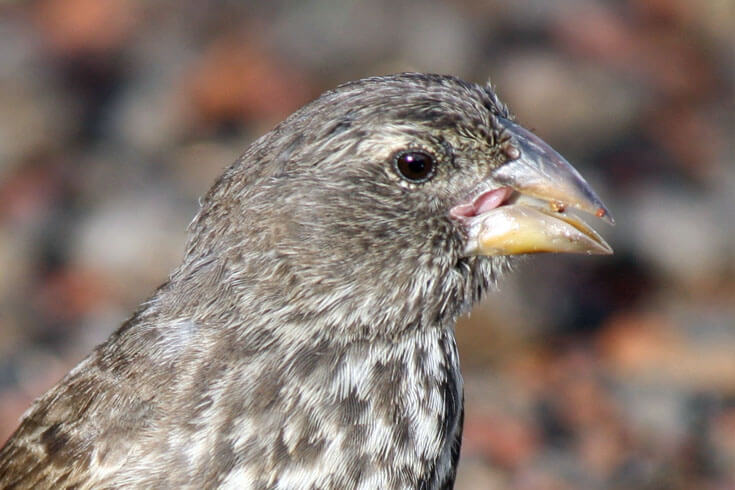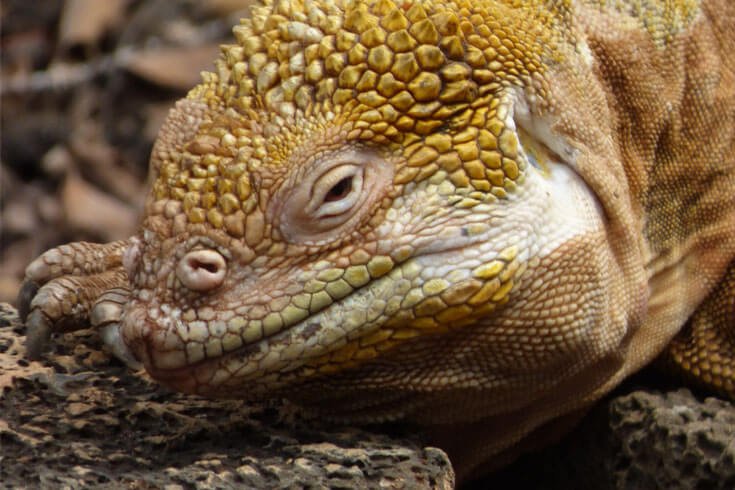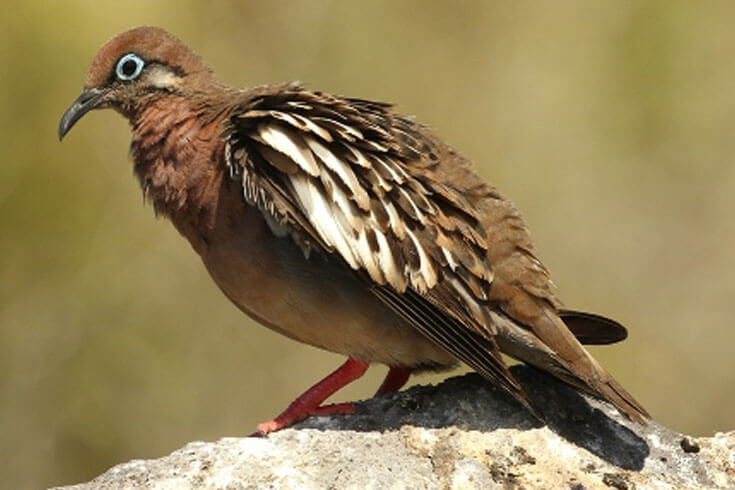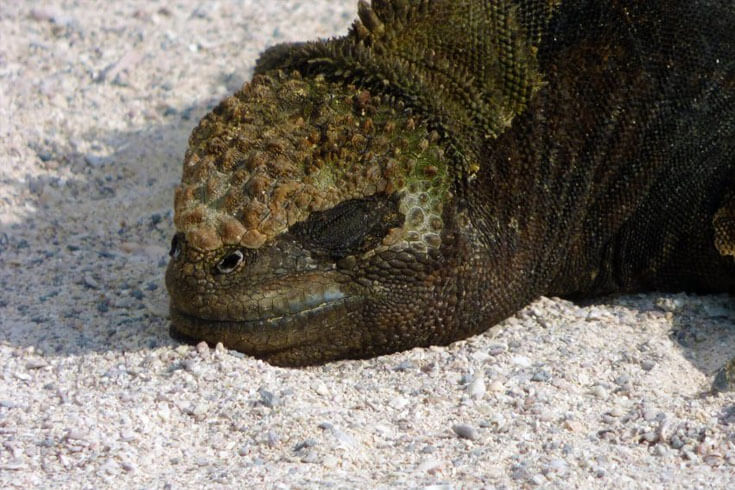Isabela is the largest Galapagos island, shaped somewhat like a seahorse it is also one of the newest islands to have formed in the Archipelago. It also has several active volcanoes! HMS Beagle made several stops around Isabela giving Darwin plenty of opportunities to investigate the local wildlife.
Use this key to help you read the map below, and explore Isabela!
| Follow Darwin’s journey across Galapagos | |
| Observations that Darwin made while in Galapagos | |
| Important ideas that would eventually lead Darwin to make further discoveries | |
| Invasive species that can be found on this Island |
Isabela Facts!
Fascinating Fact: Darwin would most likely have seen fascinating animals such as the Galapagos penguin, flightless cormorant, blue-footed booby and many marine mammals. However, he didn’t mention them in his notes at all. Why was this? Perhaps because he had seen and written about many similar species during earlier stages of his voyage, or perhaps because his interest lay in the fascinating volcanic landscape and the land or terrestrial species of the islands.
Fascinating Fact: The waters around the west coast of Isabela are the best place to spot marine mammals.
Area (km)
Population Now (Approx.)
Highest Elevation (m)
What amazing species did Darwin encounter on Isabela?
Living Legends
Linking Darwin’s Observation’s with Modern Science
Giant Tortoises
On the great volcanoes that make up the island of Isabela, giant tortoises roam. Darwin regretted later on that he did not get to see the great craters, for he would have surely seen the spectacle of giant tortoises following the carved paths they had made over years to feed and wallow in mud pools in the highlands. He may have observed the difference in the shape of their carapace compared to earlier ones he had seen.
Darwin had not collected any adult tortoises of his own, the only ones taken on board the ship were all eaten! Only 4 young tortoises were collected and kept alive during the voyage home. Unfortunately, as young tortoises all look very similar, later inspection revealed little difference between them! Although he wrote many notes on tortoise behaviour and observations during his time there, he was unable to observe the differences between the species.
“Some grow to an immense size: Mr Lawson told us that he had seen several so large, that it required six or eight men to lift them from the ground.”
“The tortoise is very fond of water, drinking large quantities, and wallowing in mud…..near the spring it was a curious spectacle to behold many of these huge creatures, one set eagerly travelling onwards with outstretched necks, and another set returning, after having drunk their fill.”
“I frequently got on their backs, and then giving them a raps on the hinder part of their shells, they would rise up and walk away; – but I found it very difficult to keep my balance.”
Darwin even calculated the speed at which they walk! “One large tortoise, which I watched, walked at a rate of sixty yards in ten minutes, that is 360 yards in the hour, or four miles a day.”
Unfortunately humans visiting the Islands for many years would take the giant tortoises on board their ship for food, and now only 10 of the 15 species of giant tortoise that used to exist in Galapagos survive. These tortoises live across 6 islands and can be quite hard to find. One team trying to track the tortoises is the Galapagos Tortoise Movement Ecology Programme (GTMEP), lead by scientist Steve Blake. The team are using modern technology (which works like the satnav in a car!) to track the tortoises across the island, studying their behaviour so that they can be protected from extinction.
CLICK HERE to learn more about the GTMEP and how they are helping to protect the Galapagos giant tortoise.





